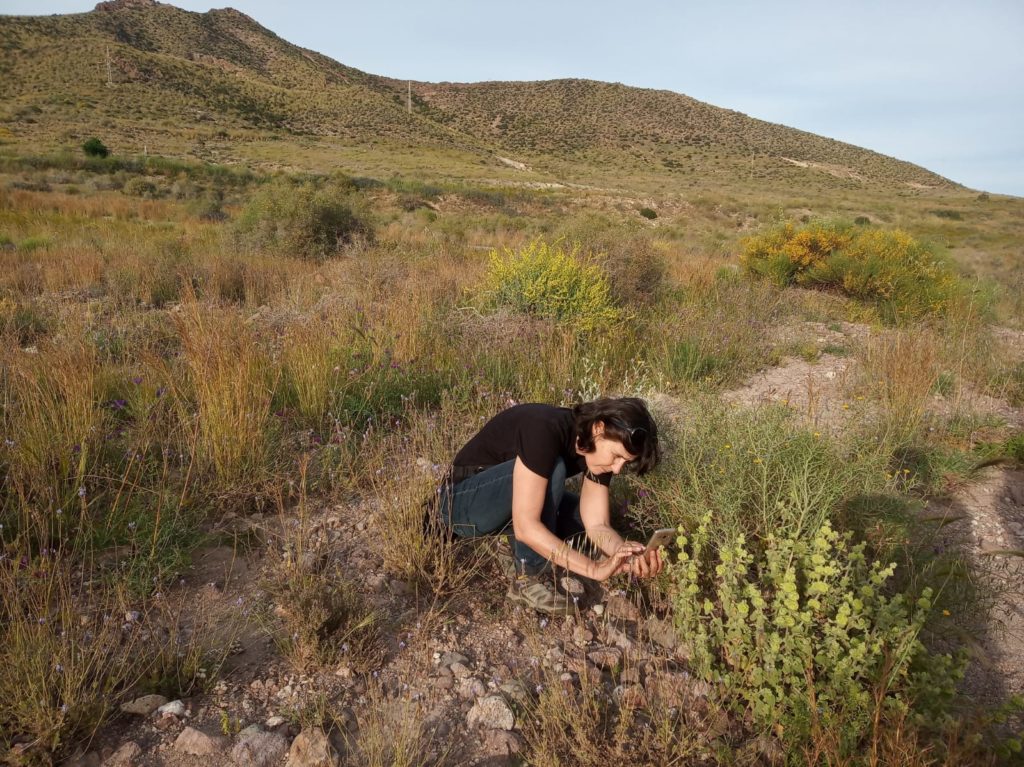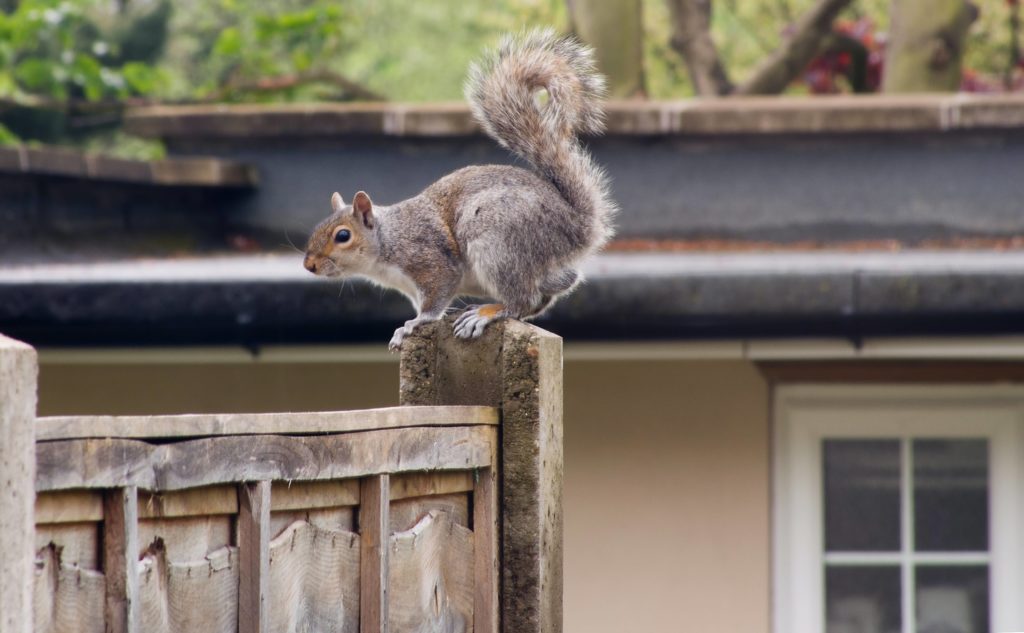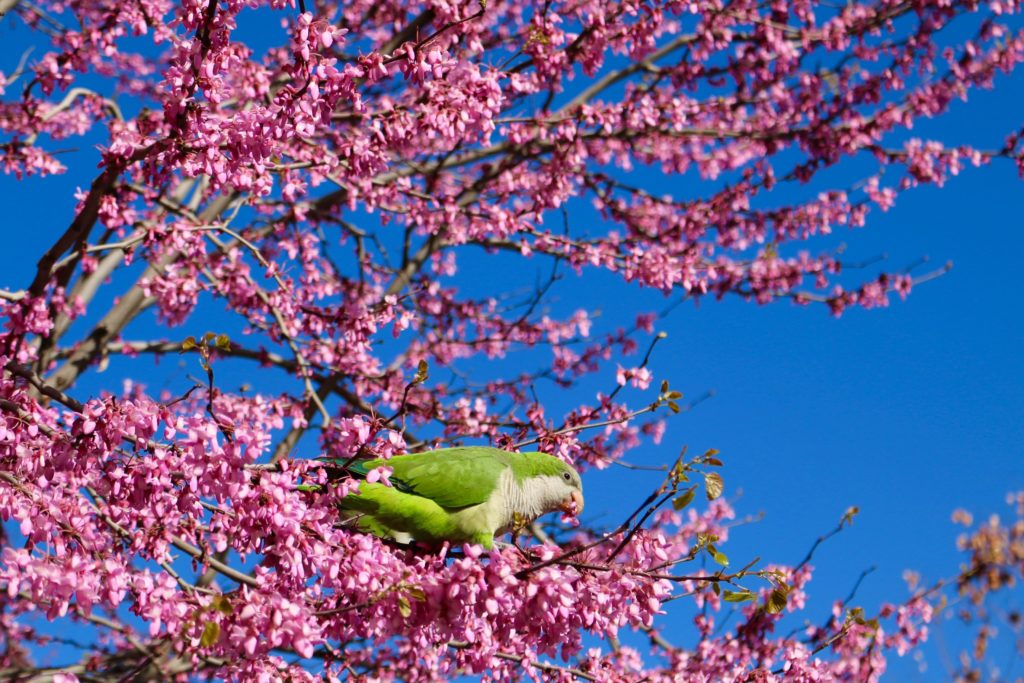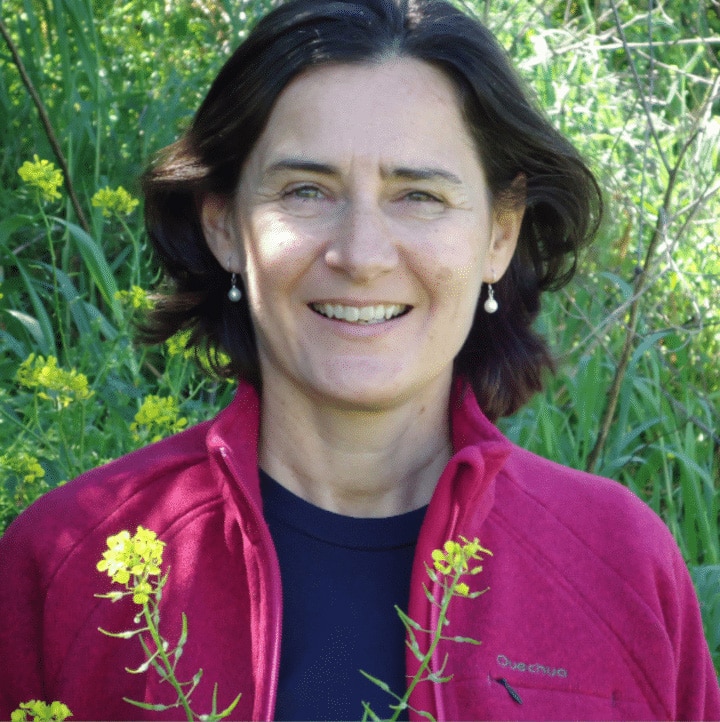Ecologist, research professor and world-renowned alien expert Montserrat Vilà joins us to discuss the fascinating story of what’s hiding in your garden.
No, we’re not talking about that kind of close encounter. To meet this type of alien, you don’t need to go further than your backyard and although we make no guarantees, it’s unlikely to abduct you in your sleep.
Invasive alien species (IAS) are non-native animals, plants, microorganisms including pathogens and other organisms that, once introduced into an ecosystem, find ways to thrive and take over native species.
Not all non-native species become invasive. Some find the right conditions, often because they have no natural predators or competitors in their new environment. In this case, their invasion becomes unstoppable, with devastating effects on the local ecosystem.

Alien vampire. The Asian tiger mosquito is considered one of the world’s most invasive species.
Invasive alien species affect the genetic composition, abundance, and behaviour of native species and increase their risk of extinction. They can also alter the nutrient cycle, hydrology, and habitat structure.
According to the Secretariat of the Convention on Biological Diversity, invasive alien species have contributed to nearly 40% of all animal extinctions since the 17th century and are one of the greatest agents of biodiversity loss. To this, we must add the socio-economic and health costs caused by ecosystem function alterations that affect agriculture, forestry, fisheries, and more — in other words, people’s livelihoods. IAS can exacerbate poverty, accelerate habitat loss, and even aggravate the effects of the climate crisis.
“It’s all connected,” says Dr Montserrat Vilà, a global authority in ecology and research professor at Doñana Biological Station (EBD-CSIC) in Spain. With more than 200 scientific publications under her name, she’s among the top 1% most cited researchers in her field and an expert in invasive alien species and their interactions with natural and human systems.

“Are you supposed to be here?”
“Think of the Suez Canal — it opened a path for invasion. The effects of the climate crisis then made Mediterranean waters even more welcoming for alien species, resulting in an accelerated tropicalisation of the Sea.” Today, more than 700 alien species have already been recorded in the Mediterranean, and most of them arrived from the Red Sea through the Canal.
Many are familiar with the animal kingdom’s most famous invasions. Europeans, for example, know that the grey squirrel now rules the streets of London at the expense of its red cousin and expect to find quite a few colourful alien parakeets in major cities. Barcelona residents can even consult the world’s first tiger mosquito live map, which allows them to avoid close encounters of the wrong kind.

Street bully.
However, not many are aware of the extent of the introduction of ornamental AIS — Montse points out that about 82% of woody plants in Spanish urban parks are non-native — and their potential impacts on ecosystems and human well-being if they spread from the parks to nearby natural areas.
Until recently, efforts against invasions were mostly made once the socio-economic effects of uncontrolled AIS had already become obvious. That was the case, for example, with weeds reducing crop production in agriculture or the fast-colonising zebra mussel that took over the Great Lakes area (and its docks, pipes, boats, and refrigeration systems) in the late 80s.
Europe in particular has been slower in responding to biological invasions and making biosecurity a priority, especially when compared to countries like Australia and New Zealand. Montse’s guess is in the geography (“we’ve always been a land of exchange and passage”) and history (“many think that we have cultural rather than natural landscapes”) of the place.

Sky invader.
The winner of the 2021 Alejandro Malaspina National Award for scientific research is convinced that to solve the issue, we need synergic action and open communication between researchers, environmentalists, policymakers, and the public. In fact, she says that she first approached this scientific field because of its practical applications. It offered the opportunity to get a clear overview of how systems work as well as its many “human and social ramifications.” By studying AIS we can get a better understanding of our world and the effects of globalisation.
A stronger, more holistic preventive strategy against invasions could also give us more effective tools to solve some of our most pressing global challenges. One of Montse’s most recent studies explores the parallels between biological invasions and human epidemics and argues that “the emergence and spread of many human infectious pathogens are quintessential biological invasion events.” She and other researchers advocate for “increasing cross-fertilization” between ecology and epidemiology to develop better prediction models as well as treatment and mitigation strategies to their impacts.

Communication prevents invasion (art by Keneeko.)
In 2016, the European Commission published the first List of Invasive Alien Species of Union concern, which is described as “an important step towards halting biodiversity loss.”
Montse noticed a shift in the academia and local administration too: “When I started out in this field, we were very few researchers and the topic was not in the agenda of any environmental administration. Now environmental managers are interested in finding solutions.”
People can make a difference too by making their gardens less alien-friendly. “Start from your backyard: only plant native seeds and make sure to dispose of your garden waste properly.” And not that we needed another reason to think that abandoning pets is inexcusable, but Montse points out that many of our animal companions are AIS and should not be left in the environment.

Follow Montse’s advice and keep your garden alien-free.
Ask Montse anything
Curious about how animals, plants, humans and other organisms interact? Want to give power back to the red squirrel? Montse will be at Fixing the Future Festival, Barcelona’s celebration of creative solutions and world-changing ideas.


